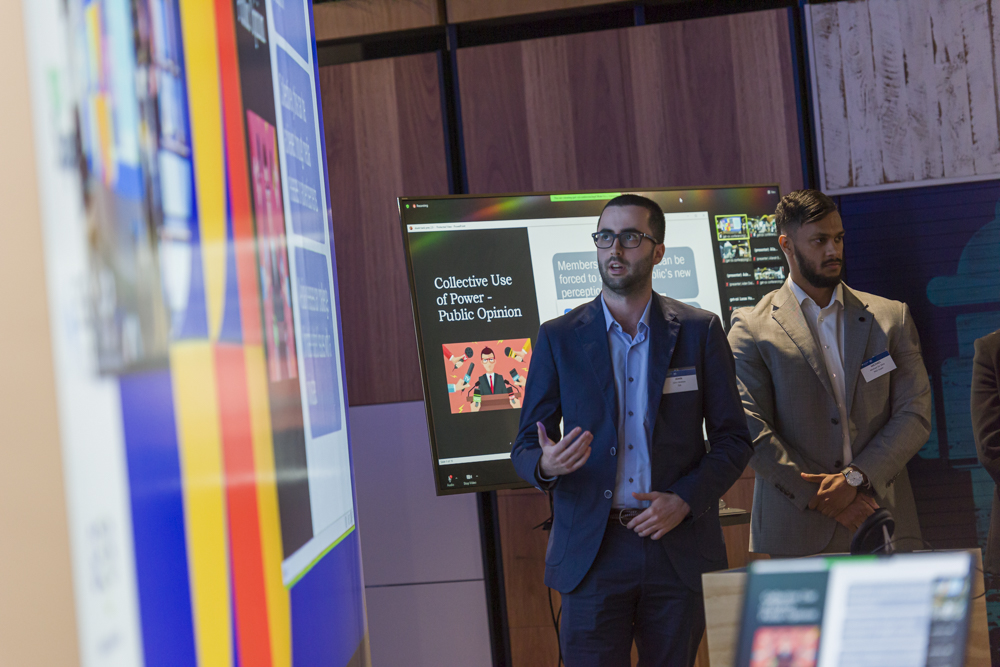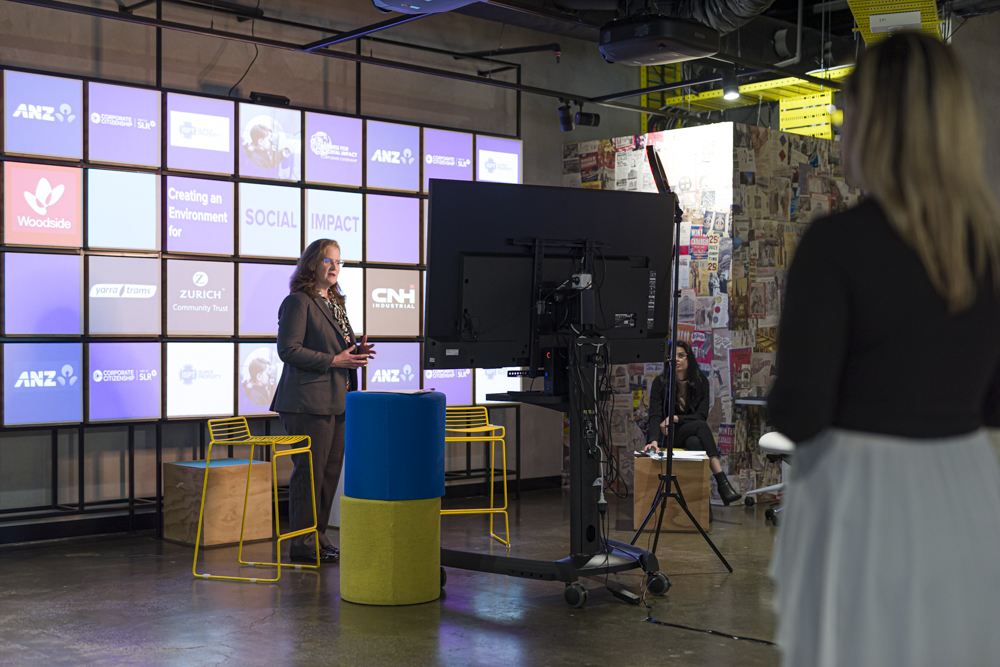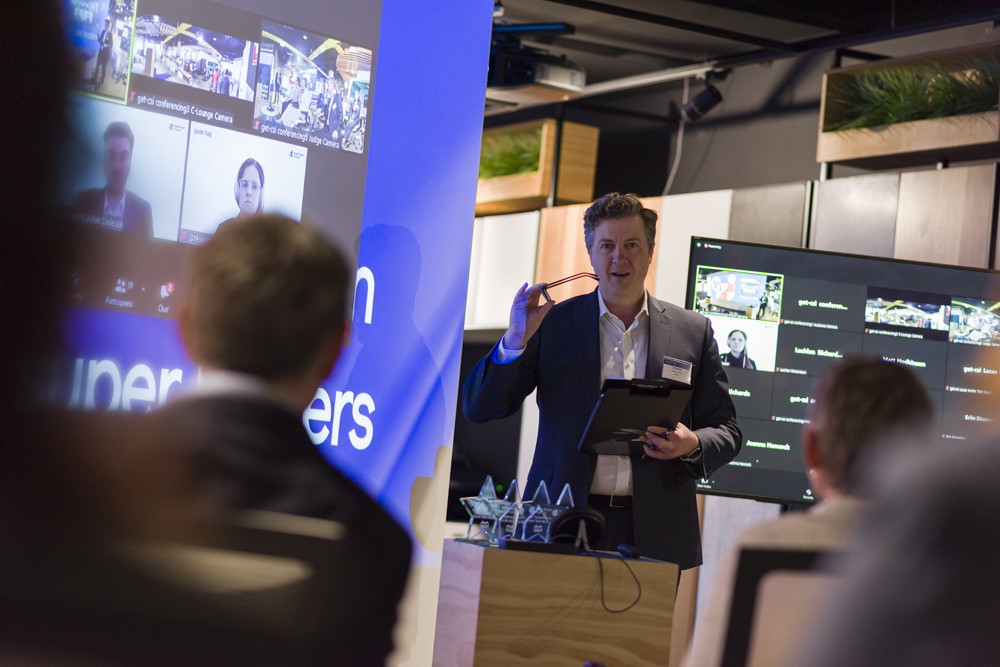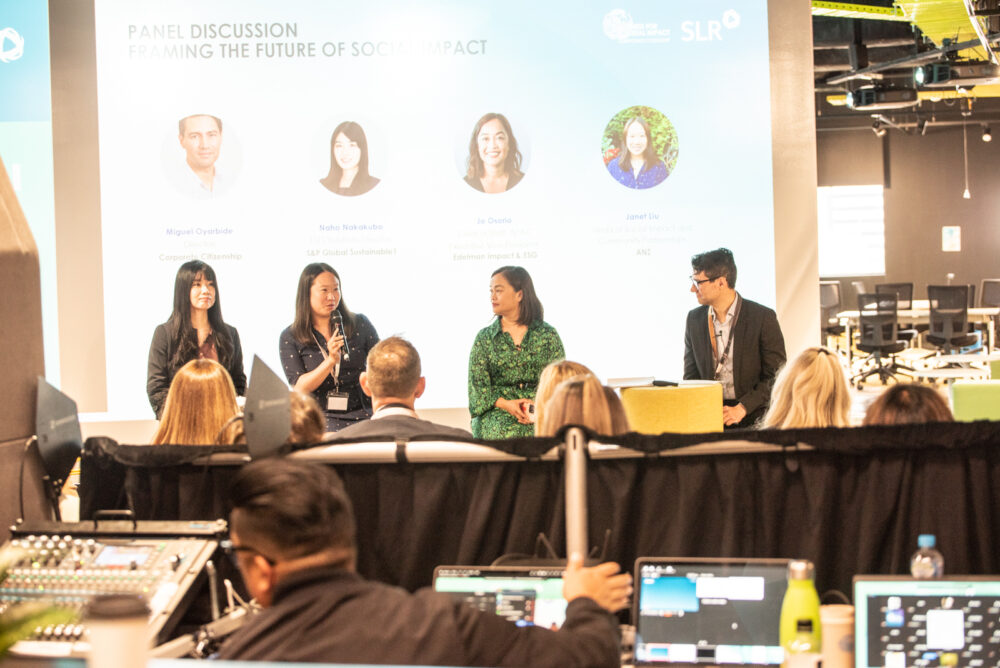Since COVID hit the world there has was an immediate need to pivot into Hybrid events due to many people working from home for a multitude of reasons. I lead the research, development and experience curation to add virtual components to events, seminars and workshops. This allowed our company to deliver both an in person experience and the virtual experience simultaneously, making these events “Hybrid”.
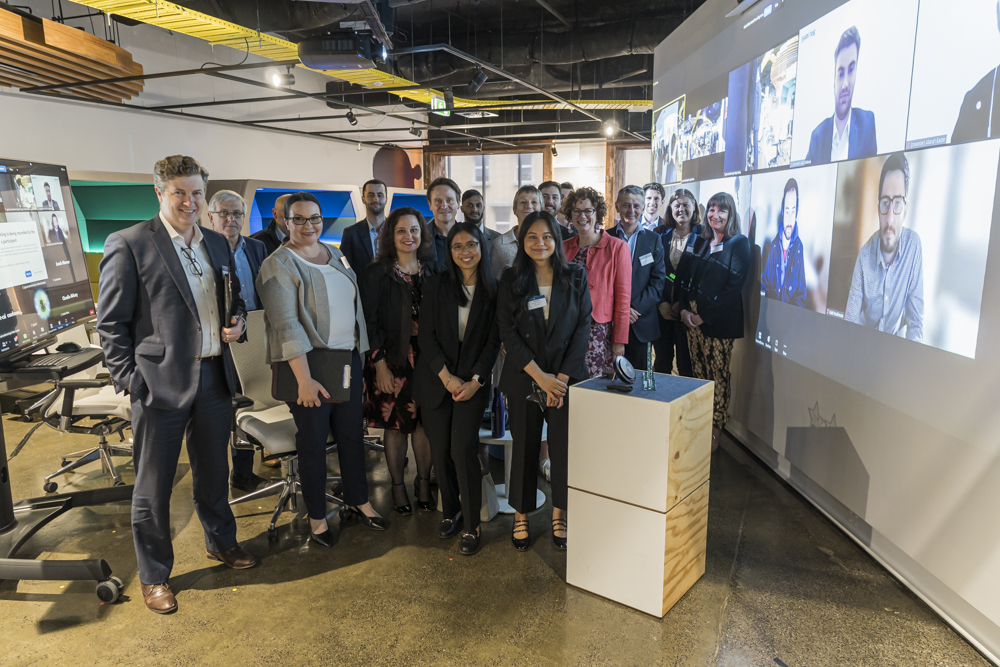
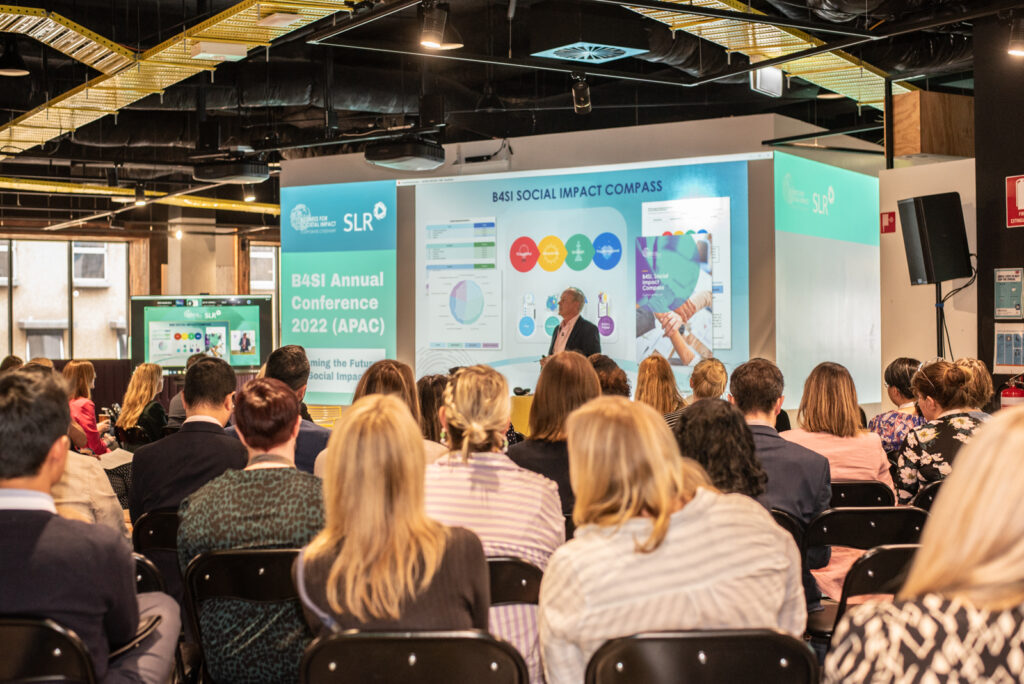
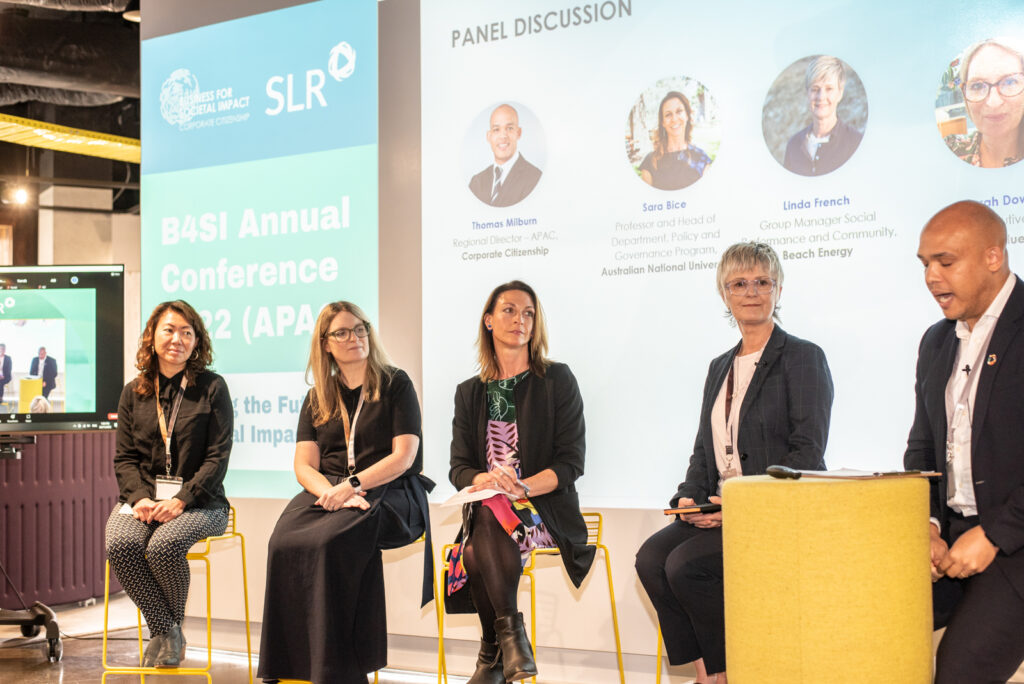
We found almost every event booked in needed to be converted to a hybrid event, which would mean more planning, more staff to support the online attendees and an increased awareness and communication from in person attendees and speakers to the online communities. I found that when we rehearsed and consciously developed both physical and virtual experiences alongside each other the event would run well, however there was always a trade-off between where the customer would prioritise their attention and sometimes the online attendees would become an afterthought.
We created mobile TV and portable Video conferencing technology setups, that we could wheel around to each session. We would also work directly with the clients to make sure they were walked through the experience on both ends so they understand what it would be like, and how to make decisions on what/how to run their sessions.
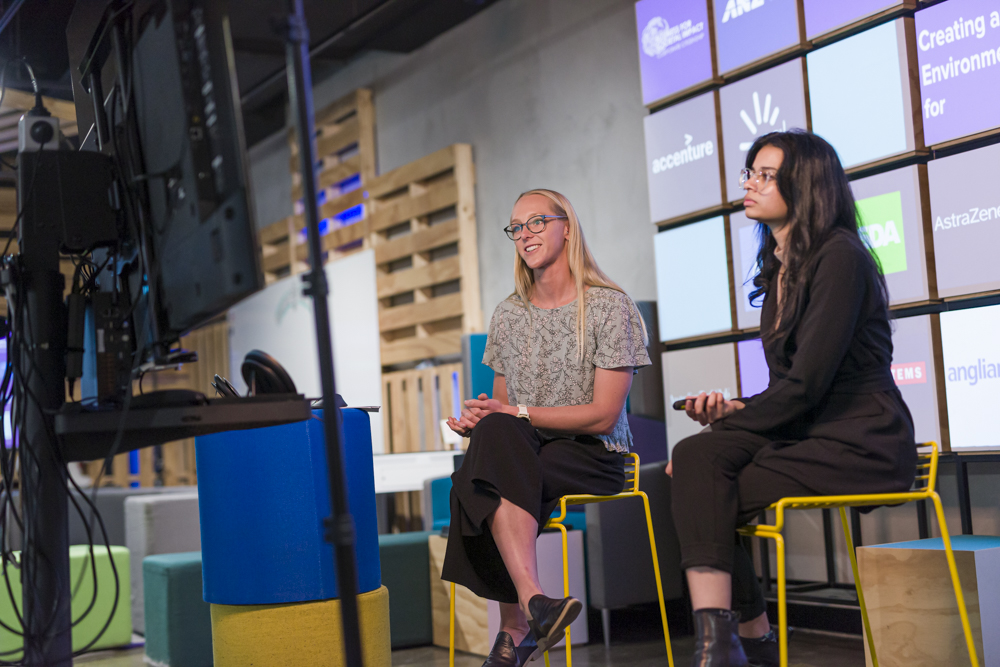
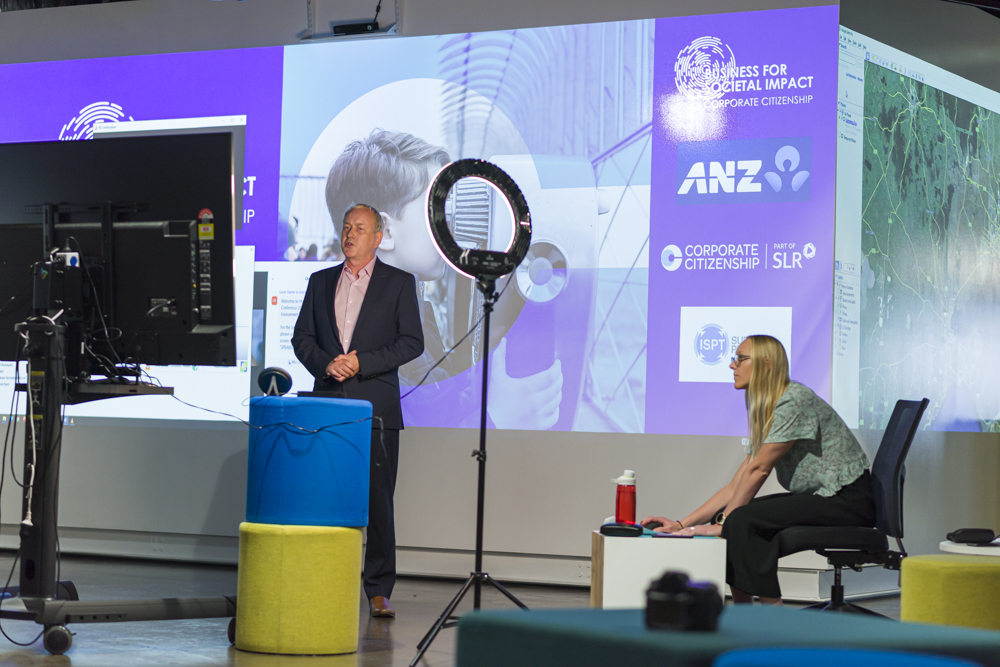
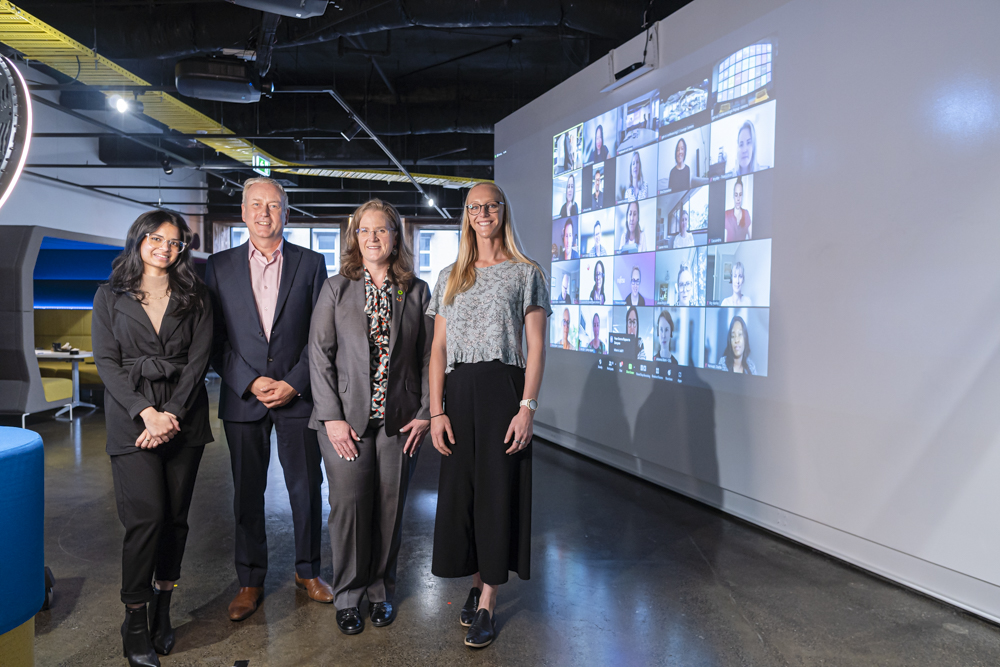
I would assist in the design and production of presentation materials or Miro Boards and instructional video or audio files to make the experience as seamless as possible, especially during breakout groups where the speaker/trainer could not be in multiple locations at once.
We would then run training and rehearsal sessions if needed where the client’s colleagues would pitch in to help with the session, for both online over zoom or teams, or in -person. We would also oversee each aspect of the event and jump in to support them on their behalf if absolutely necessary.
Post event we held review meetings where we accessed feedback and assisted with the production of any recorded video materials for anyone who could not attend or for distribution throughout their business.
Overall the make-shift system worked well for 90% of use-cases, the remaining 10% would require external assistance from AV companies who could bring in their own additional equipment and staff to run complex and/or high attendee events that we were not able to completely support.
